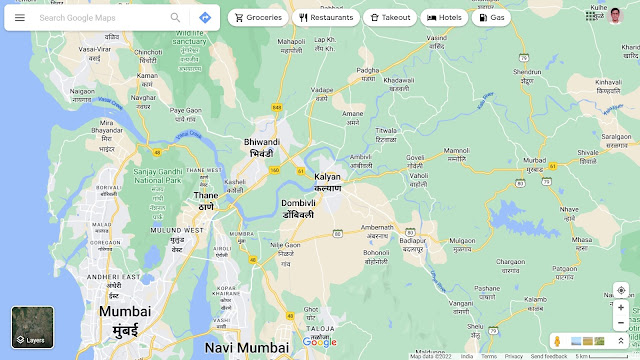Thinvent Micro 5: How to update Internet browser software, Keyring and Auto Login issue, how to mount USB flash drive; starts with read-only root filesystem

Last updated on 9th Aug. 2022 Readers may want to see: List of my posts related to Thinvent Micro 5, a low-cost Linux mini PC based on Tanix TX 3 Android TV box, https://ravisiyermisc.blogspot.com/2022/08/list-of-my-posts-related-to-thinvent.html , 8th Aug. 2022 This post captures my trials from 28th July 2022 to 31st July 2022, and has some info. put up later on. This post follows up on my posts: 1) Review of below Rs.3000 (US$ 40) Micro 5 Linux Mini PC box w ARM Quad-core, 2GB RAM, 16GB storage, HDMI, USB 2.0, used for Internet browsing, Libre Office and more w 21.5 in. LCD monitor, https://ravisiyermisc.blogspot.com/2021/12/below-rs3000-us-40-micro-5-linux-mini.html , 13th Dec. 2021. and 2) Can Thinvent Micro 5 based Linux mini PC costing around Rs.10,000 be used for teaching Internet browsing, Libre Office etc. and for online classes in poor rural schools?, https://ravisiyermisc.blogspot.com/2021/12/can-thinvent-micro-5-based-linux-mini.html , 16th Dec. 2021. Superuser (root

